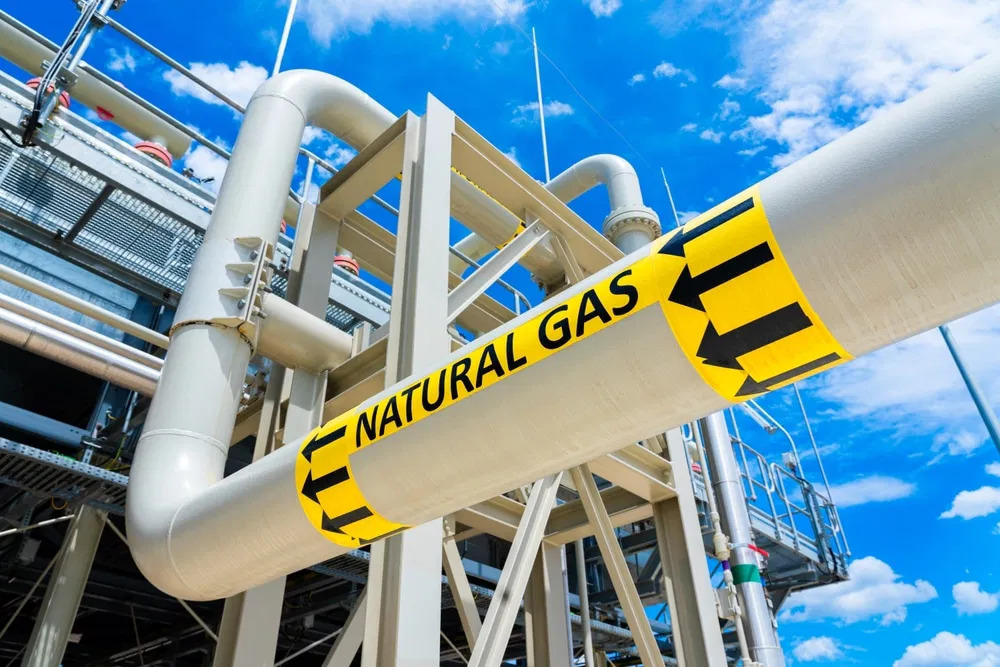

The natural gas market has been gripped by a surge in prices, reflecting a convergence of compelling factors. Seasonal weather dynamics, infrastructure shifts, and sustained export activity have created a perfect storm that tightened supply and elevated prices.
Recent weather anomalies, including the active Atlantic hurricane season and unexpected heatwaves across the U.S. Southeast, have disrupted energy patterns. Hurricanes like Helene have heightened recovery efforts, while warm weather has driven air conditioning demand, putting upward pressure on natural gas consumption for power generation.
On the supply side, U.S. production has experienced a strategic slowdown. Earlier in the year, shale producers scaled back operations due to low prices and oversupply concerns. However, the newly operational Matterhorn Express pipeline has shifted market dynamics, enabling Permian Basin gas to reach previously constrained regions. This adjustment has provided a logistical boost to pricing in higher-demand markets.
Simultaneously, liquefied natural gas (LNG) exports have remained strong. Export facilities, despite hurricane risks, have continued to channel robust volumes to international markets, further tightening domestic availability. This steady pull from global markets has compounded the effects of domestic weather-driven demand, sustaining elevated prices.
Unusually warm autumn temperatures, counter to the season's typical cooling trends, have further prolonged energy needs, ensuring that the demand for natural gas remains unseasonably high. These layered factors together have created a bullish momentum in the natural gas market, reflecting a complex interplay of regional and global influences.
The recent surge in natural gas prices may not significantly impact Indonesian natural gas-related stocks such as MEDC and PGAS due to the implementation of Ministerial Decree No. 89K/10/MEM/2020, which caps gas prices for specific sectors. This regulation sets a maximum price of $6 per MMBtu for industries deemed strategic, including power generation, fertilizer production, and petrochemicals.
PGAS, which serves as a key gas distributor, generates much of its revenue from industrial clients subject to this capped pricing. Similarly, MEDC, as a gas producer, is unable to fully pass on rising global prices to domestic clients due to the same regulatory restrictions. These controls are designed to stabilize energy costs for downstream industries and protect broader economic interests but, as a result, limit the earnings upside for companies exposed to the domestic market.
Consequently, while global natural gas price spikes may suggest stronger performance for companies in this sector, the regulated pricing environment in Indonesia moderates the potential benefits for MEDC and PGAS. This underscores the importance of understanding local policy frameworks when analyzing the financial prospects of natural gas-related stocks in the country.

Comments